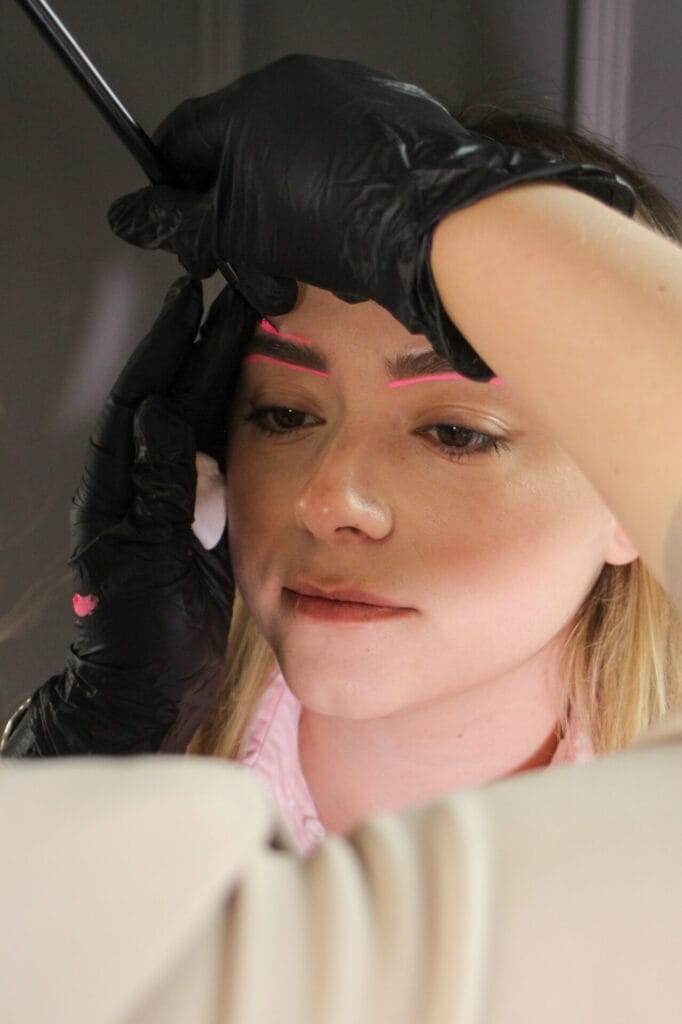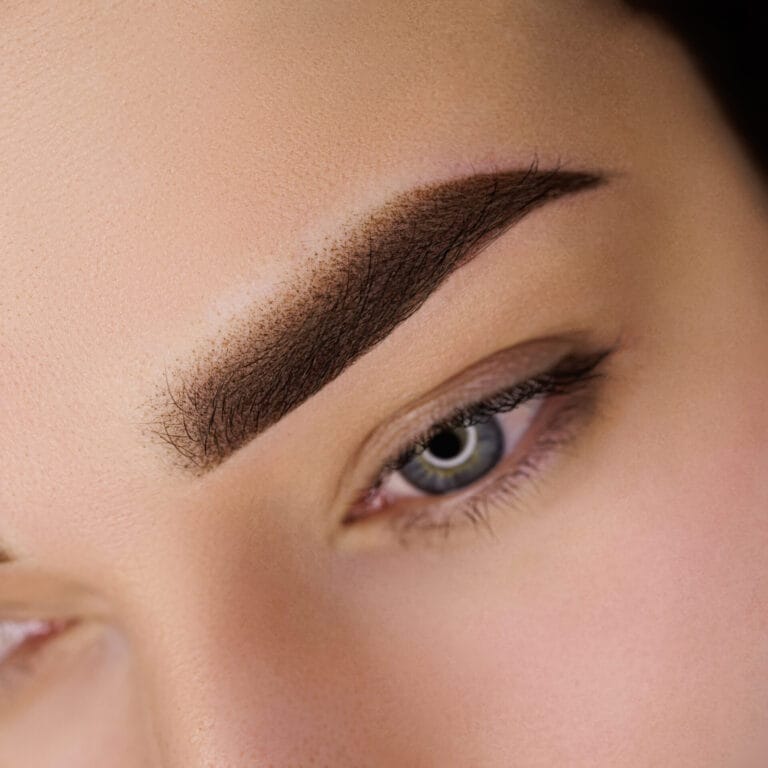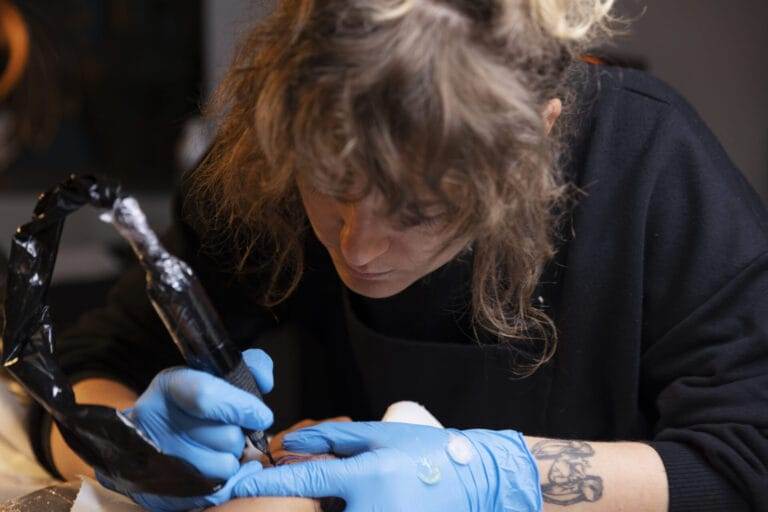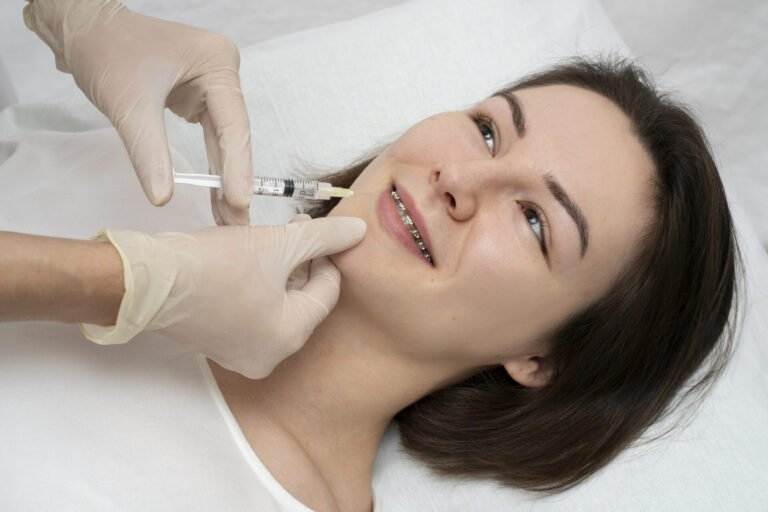Cosmetic tattooing has become a popular form of self-expression in recent years, allowing individuals to enhance their natural features and boost their confidence. From microblading for fuller eyebrows to lip blush for a natural-looking pout, cosmetic tattooing offers a semi-permanent solution for those looking to streamline their beauty routines. However, it is essential to have an open discussion about this topic to ensure that individuals are well-informed about the procedures, risks, and aftercare involved in cosmetic tattooing.
The History of Cosmetic Tattooing
The practice of cosmetic tattooing dates back centuries, with evidence of its use in ancient civilizations such as Egypt and Japan. In ancient Egypt, both men and women would use tattoos for cosmetic and ritualistic purposes. Over time, cosmetic tattooing has evolved, with advancements in technology and techniques leading to more precise and natural-looking results. In various cultures around the world, cosmetic tattooing holds cultural significance, symbolizing beauty, status, or even protection.
Traditional Tattooing vs. Cosmetic Tattooing
While traditional tattooing and cosmetic tattooing both involve the application of pigment into the skin, there are significant differences between the two practices. Traditional tattoos are typically permanent and focus on artistic expression, storytelling, or cultural significance. On the other hand, cosmetic tattooing is semi-permanent and aims to enhance one’s natural features, such as eyebrows, lips, or eyeliner. Understanding the distinction between traditional tattooing and cosmetic tattooing is crucial for individuals considering these procedures.

Types of Cosmetic Tattooing Procedures
There are various types of cosmetic tattooing procedures available to address different beauty concerns. Microblading is a popular technique for creating natural-looking eyebrows by mimicking hair strokes. Lip blush enhances the color and shape of the lips for a subtle yet defined look. Eyeliner tattooing can give the illusion of fuller lashes and make the eyes appear more prominent. Each procedure offers unique benefits and can help individuals achieve their desired aesthetic goals.
Risks and Potential Side Effects of Cosmetic Tattooing
Like any cosmetic procedure, there are risks and potential side effects associated with cosmetic tattooing that individuals should be aware of before undergoing treatment. These may include allergic reactions to pigments, infections from improper aftercare, or dissatisfaction with the results. It is crucial for individuals to understand these risks and discuss them with their chosen artist to make an informed decision about proceeding with the procedure.
Preparing for a Cosmetic Tattooing Procedure
Before undergoing a cosmetic tattooing procedure, there are several steps individuals can take to prepare themselves for the process. This may include avoiding blood-thinning medications, alcohol consumption, or excessive sun exposure leading up to the appointment. During the procedure, individuals can expect some discomfort as the pigment is applied to the skin, but numbing creams are often used to minimize any pain or discomfort.
Aftercare Tips for Maintaining the Longevity of Cosmetic Tattoos
Proper aftercare is essential for maintaining the longevity of cosmetic tattoos and ensuring optimal healing results. This may include avoiding excessive sweating, sun exposure, or swimming during the initial healing period. Following the artist’s instructions for aftercare, such as applying ointments or avoiding certain skincare products, can help prevent infections and promote better pigment retention over time.
The Role of Cosmetic Tattooing in the Beauty Industry
Cosmetic tattooing plays a significant role in the beauty industry by offering innovative solutions for enhancing one’s natural features. As trends in beauty continue to evolve, advancements in cosmetic tattooing techniques have allowed for more precise and long-lasting results. From creating realistic hair strokes in eyebrows to defining lip contours with precision, cosmetic tattooing has become a sought-after service for those looking to enhance their appearance.
The Psychological Impact of Cosmetic Tattooing on Self-Esteem and Confidence
Beyond its physical benefits, cosmetic tattooing can have a profound psychological impact on an individual’s self-esteem and confidence. Many people who undergo cosmetic tattooing report feeling more confident in their appearance and spending less time on their daily makeup routine. Personal stories and experiences often highlight how these procedures have positively influenced individuals’ self-image and empowered them to embrace their natural beauty.
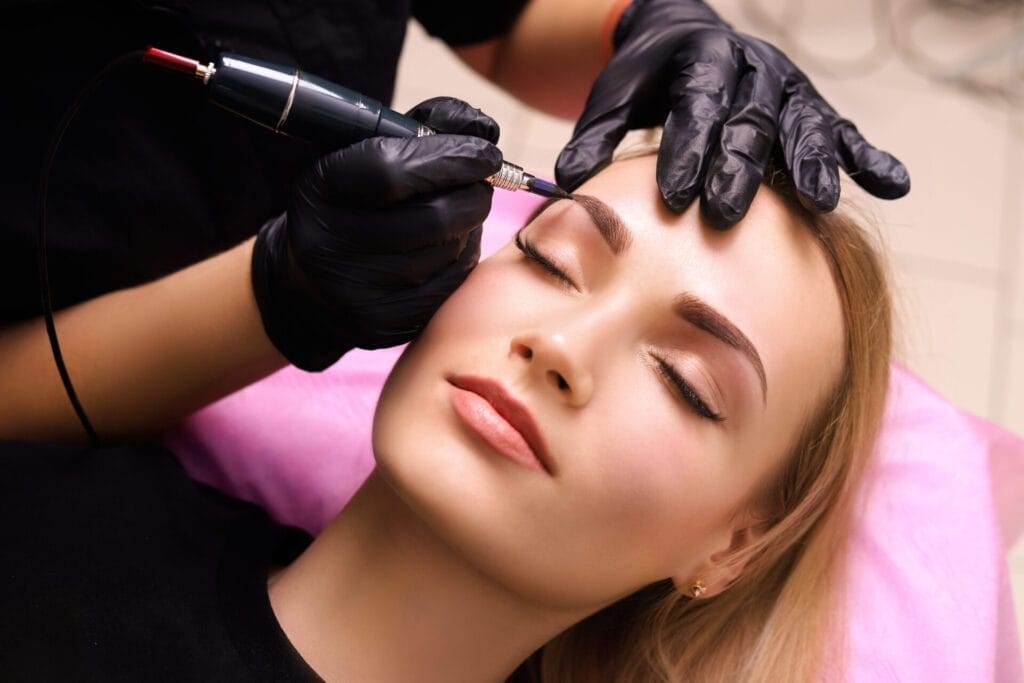
Conclusion and Final Thoughts
In conclusion, cosmetic tattooing offers a unique opportunity for individuals to enhance their natural features and express themselves creatively through semi-permanent procedures. By understanding the history, differences from traditional tattooing, types of procedures available, finding skilled artists, risks involved, preparing for procedures properly, maintaining aftercare diligently, recognizing its role in the beauty industry, and acknowledging its psychological impact on self-esteem – we can appreciate how cosmetic tattooing has become a valuable form of self-expression in today’s society. As advancements continue in this field, the future of cosmetic tattooing looks promising as more individuals seek personalized beauty solutions that align with their unique aesthetic preferences.



